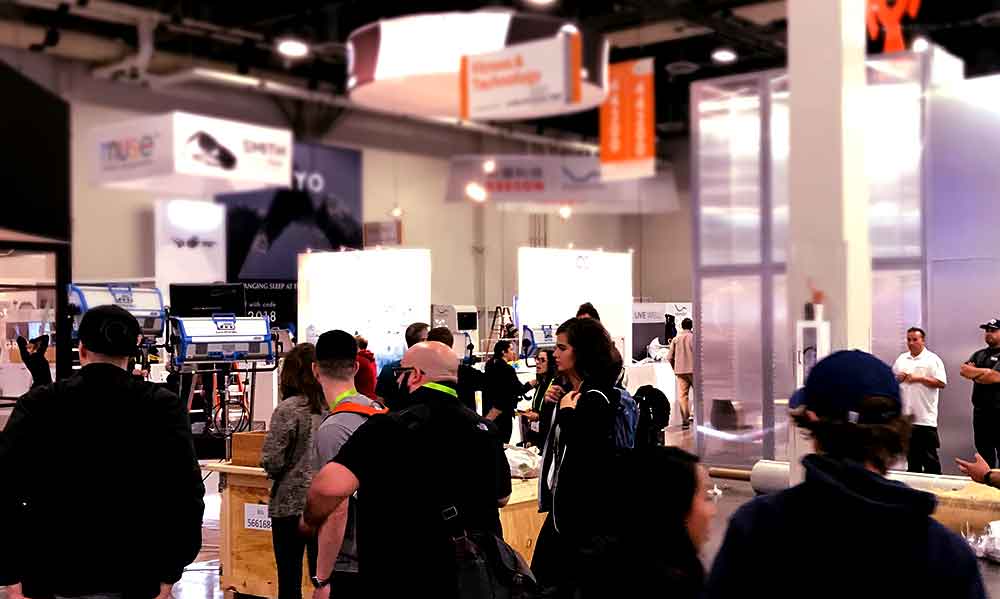As the Sprosty Network team walked the floor of CES 2018 last month, it was crystal clear that the industry has truly embraced the IoT—virtually every consumer device in every aisle was “connected” in some way. The show also provided some keen insight into how much retailers stand to lose if they don’t change the strategy behind how they’re selling the consumer IoT.
The devices, despite being clever and cool, are just part of the story (and the revenue). A product sale is a one-time event. Customers buy a connected device and come back when they need a replacement or a complementary device. The customer flow actually includes two other elements: an educational component (how do I use this device or application?), and the actual use of the application. It’s that actual usage of the product that creates downstream value. That downstream value could be recurring monthly or annual services contracts, or even basic warranties. The problem: it’s probably being captured by someone other than the retailer. That’s a huge flaw in many retailers’ IoT strategy.
However, if a retailer is able to bring these three elements—device, education and usage—together through some sort of partnership, the benefits are immense. Not only can they create a bigger bundle, but they are also providing the customers everything they need to get started, all in one place. That, in turn, creates a better customer experience and a better long-term relationship.
This kind of thinking doesn’t come easily to most retailers. They don’t have the time or internal expertise to calculate the downstream value in the products they’re selling, and how they can drive new revenue streams. Most also don’t have the infrastructure in place to create partnerships, bundle these types of services to their offerings, and execute complex sales.
The process to change this is complicated, but not impossible. Let’s use an example from CES: LG’s roll-up TV, which got so much buzz. How could a retailer partner with streaming service vendors to package not only the product, but the streaming subscription services as well? Initial device sale? Check. Ongoing revenue stream? Check. Tighter bond with customer? Check. Coupling this with user education, including videos, tutorials and other educational elements only tightens the bond.
This thinking also translates to other product areas, especially in the smart home arena. Can retailers sell not only the smart home router, but also bundle in some form of security monitoring service that helps protect the data transmitted over the router? Or bundle in online storage and backup alongside a camera sale?
Someone is going to make money from these downstream services. The IoT vendors themselves are figuring it out and creating partnerships directly with the service provider to grow their revenue base beyond the device. Why shouldn’t retailers get a piece of the pie, too?

